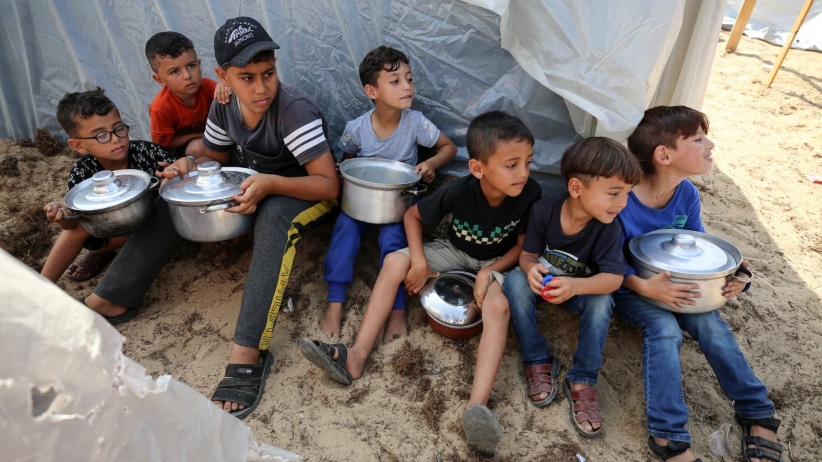
More countries facing crises; more people going hungry. Some 281 million people were locked in high levels of acute hunger last year, according to the latest Global Report on Food Crises—a benchmark analysis of food insecurity by a network that includes UN agencies, donors, and famine analysts. The figure is 24 million higher than the previous year—a rise driven in part by Sudan’s civil war and Israel’s destruction of Gaza. Global hunger numbers have spiked since the start of the COVID-19 pandemic and continue to rise. A mix of conflict, extreme weather, El Niño, inflation, and volatile food prices suggest there won’t be a reprieve by the time 2024’s numbers are tallied. How do we break the cycle in the face of such dire numbers? Doubling down on reforming food systems, and building “peace and prevention” into the mix is crucial, aid groups say.
From The New Humanitarian, April 26
See our last report on the impacts of this year’s El Niño.
Fluctuations in the price of oil and grain since the start of the Ukraine war have contributed to popular privation.
Photo: Maan News Agency





Global hunger crisis: future calling in humanity’s debt
We have long contended that all of the supposed progress in overcoming global poverty over the past generations has been borrowed from the future. The current crisis of global hunger could be the start of the future calling in the debt.